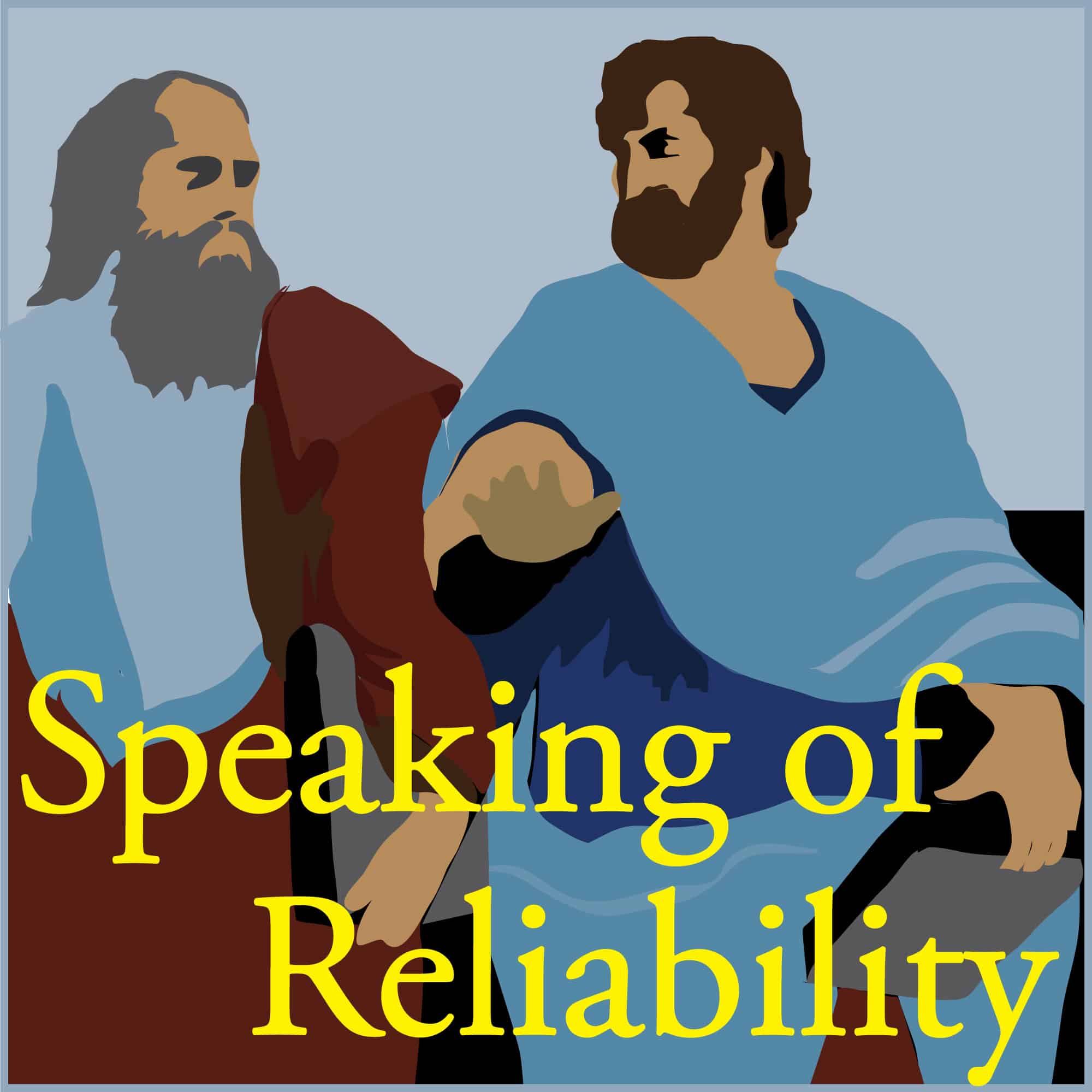

Speaking Of Reliability: Friends Discussing Reliability Engineering Topics | Warranty | Plant Maintenance
Reliability.FM: Accendo Reliability, focused on improving your reliability program and career
Gain the experience of your peers to accelerate improvement of your program and career. Improve your product development process, reliability or warranty performance; or your plant uptime or asset performance. Learn about reliability and maintenance engineering practical approaches, skills, and techniques. Join the conversation today.
Episodes
Mentioned books

Nov 3, 2025 • 0sec
SOR 1119 EV Charging Stations
If you furiously measure the wrong thing, you usually have furious customers. EV charging stations are routinely reported as having a 99 % uptime. But customers don't share this view of the charging station performance. And it comes down to getting reliability metrics right.

Oct 31, 2025 • 0sec
SOR 1118 Redundancy and Culture
Redundancy and Culture Abstract Chris and Fred discuss the role redundancy plays in an organization’s culture … especially one that needs to maintain redundant systems and plants. Key Points Join Chris and Fred as they discuss how having redundancy (or perceived redundancy) in a system has on the culture of the people who use, operate, […]

Oct 27, 2025 • 0sec
SOR 1117 Supplier Trust Issues
Supplier Trust Issues Abstract Kirk and Fred discuss supplier trust issues Key Points Join Kirk and Fred as they discuss trusting your suppliers of components and systems to send you reliable parts. Topics include: Suppliers of small, discreet electronic components such as diodes, resistors, MLCC (Multi layer Ceramic capacitors) may have hundreds of customers using […]

Oct 24, 2025 • 0sec
SOR 1116 What Counts as a Failure?
What Counts as a Failure? Abstract Kirk and Fred discuss the analysis of what can or should be considered a failure. Key Points Join Kirk and Fred as they discuss the criteria for what constitutes a failure during testing and in the customer’s use. Topics include: Should all failures be counted? Many failures are apparent, […]

Oct 20, 2025 • 0sec
SOR 1115 DFMEA and Assumptions
DFMEA and Assumptions Abstract Carl and Fred discuss a listener question about the assumptions that go into a Design FMEA, relating to manufacturing and assembly. Key Points Join Carl and Fred as they discuss assumptions that go into FMEAs, how they are determined and applied. Topics include: Question: if the product meets dimensions, do we […]

Oct 17, 2025 • 0sec
SOR 1114 Listening and Reliability Engineering
Listening and Reliability Engineering Abstract Carl and Fred discuss why the skill of listening is essential to successful application of reliability engineering. Key Points Join Carl and Fred as they discuss the ability to influence others, and how this can be enhanced by listening. In order to achieve reliability objectives, it is necessary to influence […]

Oct 13, 2025 • 0sec
SOR 1113 Data Usage
Data Usage Abstract Enrico and Fred discuss the need for data analysis. Key Points Join Enrico and Fred as they discuss Topics include: The data analysis related to the mission profile or use conditions Example on collecting use data to guide testing Consider the use of spare parts use data Enjoy an episode of Speaking […]

Oct 10, 2025 • 0sec
SOR 1112 Quality Management Systems
Quality Management Systems Abstract Dianna and Fred discuss the implementation and effectiveness of Quality Management Systems (QMS) and how they impact organizational performance. Key Points Join Dianna and Fred as they discuss the implementation and effectiveness of Quality Management Systems (QMS) and how they impact organizational performance. Topics include: Define an integrated system to drive […]

Oct 6, 2025 • 0sec
SOR 1111 Customer Service and AI
Customer Service and AI Abstract Dianna and Fred discuss customer service and AI: focusing on the impacts and challenges presented by the adoption of Artificial Intelligence (AI) for customer service. Key Points Join Dianna and Fred as they discuss the critical function of customer service, focusing on the impacts and challenges presented by the adoption […]

Oct 3, 2025 • 0sec
SOR 1110 Consumer Electronics and Cars
Consumer Electronics and Cars Abstract Mojan and Fred discuss consumer electronics and cars. Consumer and automotive electronics may share similar technologies, but their reliability challenges are worlds apart. Designing for the stresses of a living room is nothing like designing for the stresses inside a car. Key Points Join Mojan and Fred as they discuss: […]


